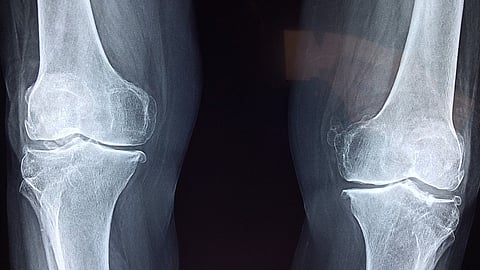Key findings of the meta-analysis include:
1. Elevated Fracture Risk:
It was discovered that those who had experienced falls in the previous year were considerably more likely to sustain any kind of clinical fracture, major osteoporotic fracture, or osteoporotic fracture. or hip fracture. Moreover, one or more previous falls were associated with an increased risk of death among both women and men.
2. Sex Disparities:
Men had greater predictive values than women when it came to the relationship between prior falls and fracture risk.
3.Independent Risk Factor:
Interestingly, bone mineral density had little bearing on the elevated fracture risk associated with prior falls, highlighting the independent importance of falls as a risk factor. This suggests that a previous fall in the past year confers a significantly increased risk of various types of fractures, regardless of bone density.
These findings highlight the critical role of incorporating previous falls into fracture risk assessment algorithms like FRAX. By enhancing predictive accuracy, healthcare providers can better tailor preventive strategies to mitigate fracture risk and improve patient outcomes.
As fractures from falls pose a significant health burden, particularly among aging populations, these insights are invaluable for guiding targeted interventions and ultimately reducing the incidence of fall-related fractures in both men and women.
Therefore, the study emphasizes the necessity of proactive measures to avoid falls and fractures, as well as the need for complete risk assessment and individualized interventions to protect individuals, particularly those at greater risk, from the debilitating effects of fractures.
(Input from various resources)
(Rehash/Susmita Bhandary/MSM)


